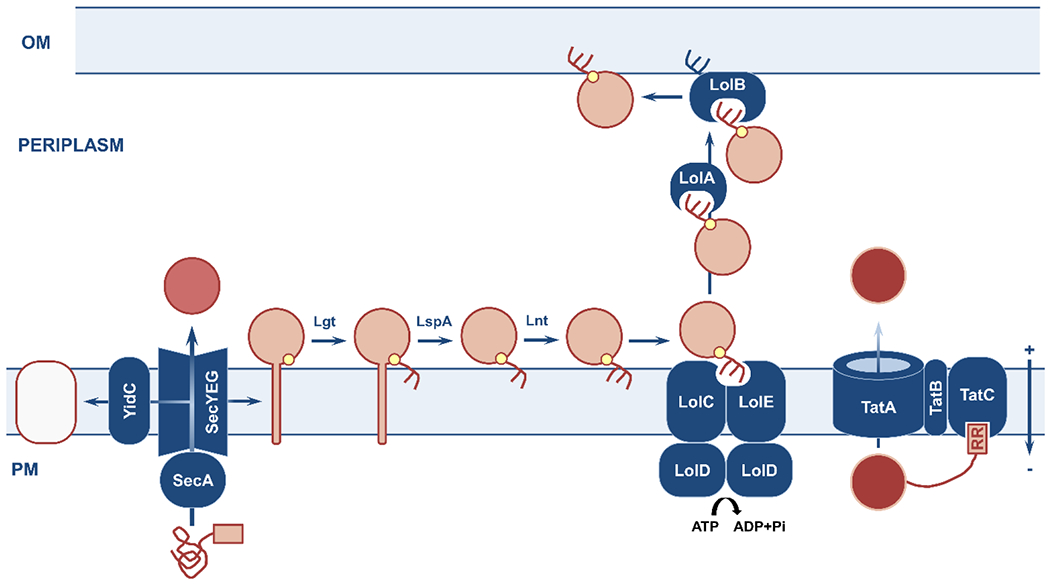Figure 3. Overview of the plasma-membrane translocation pathways and of the lipoprotein biogenesis process.

Nascent polypeptides with specific N-terminal signal sequences (pink box) are delivered to the Sec and Tat machineries for translocation across the plasma membrane; lipoproteins require further processing after Sec-dependent translocation into the cell envelope. (left) The Sec translocon handles unfolded polypeptides destined for insertion into the plasma membrane (white protein substrate; aided by YidC), release into the periplasm (dark pink protein substrate), or maturation into lipoproteins (light pink protein substrate). (center) Sec-translocated lipoprotein precursors are recognized by the presence of an invariable lipobox. They are acylated at a conserved cysteine residue (small yellow circle) by Lgt, their signal peptide is cleaved by LspA, and their acylated cysteine is further acylated by Lnt. The mature lipoprotein interacts with the membrane-embedded LolCDE complex and is carried to the outer membrane by a dedicated, soluble chaperone, LolA. Interaction with the acceptor lipoprotein LolB results in insertion into the outer membrane. (right) The Tat translocation apparatus selectively handles folded proteins (red protein substrate) that are recognized by their twin-arginine signal sequence. OM, outer membrane; PM, plasma membrane.
